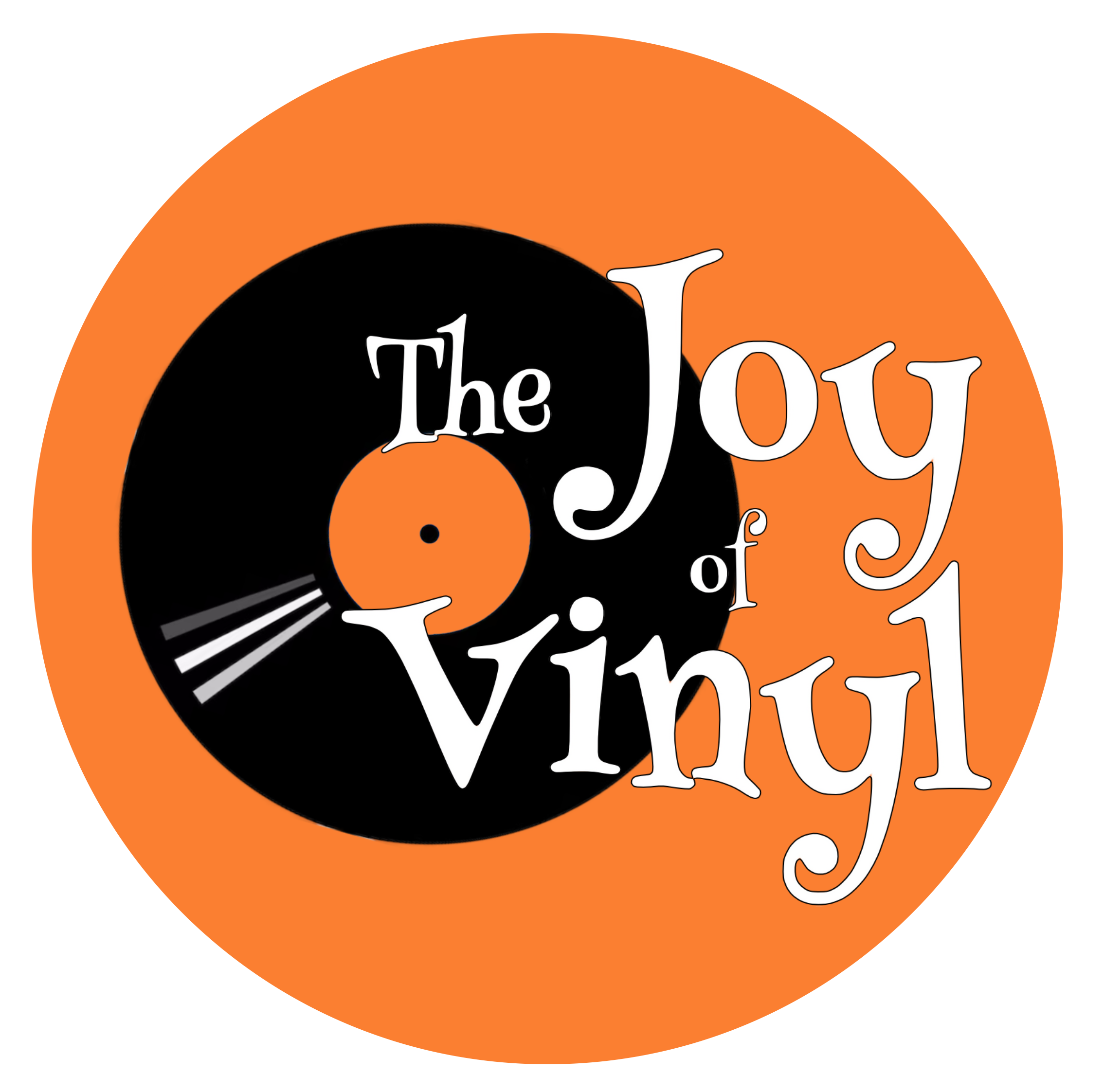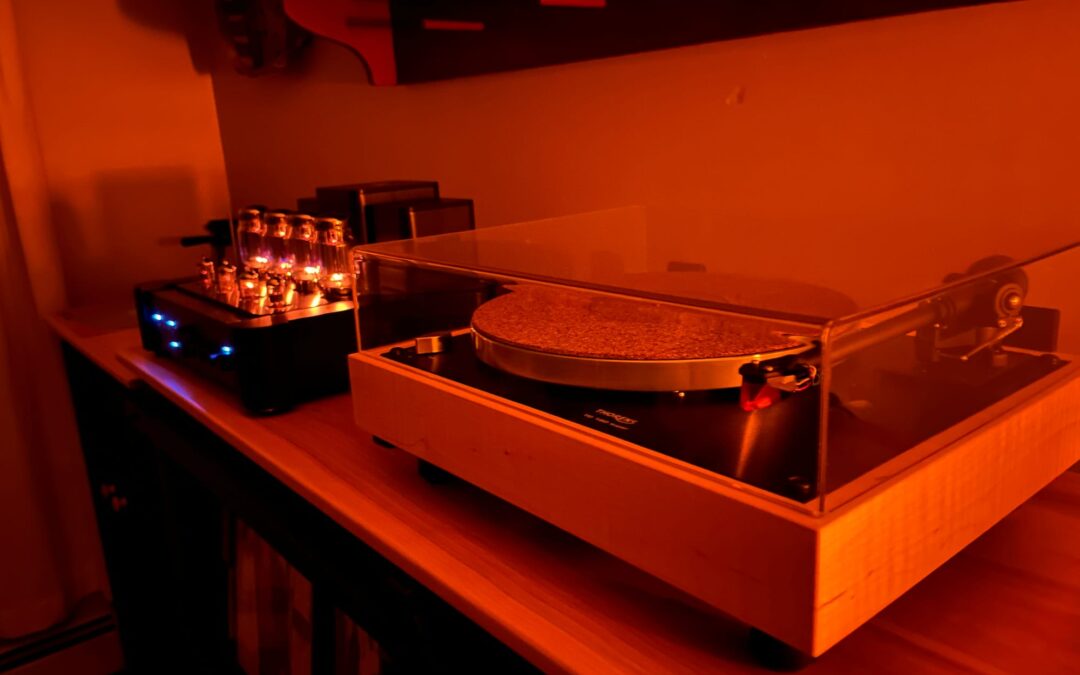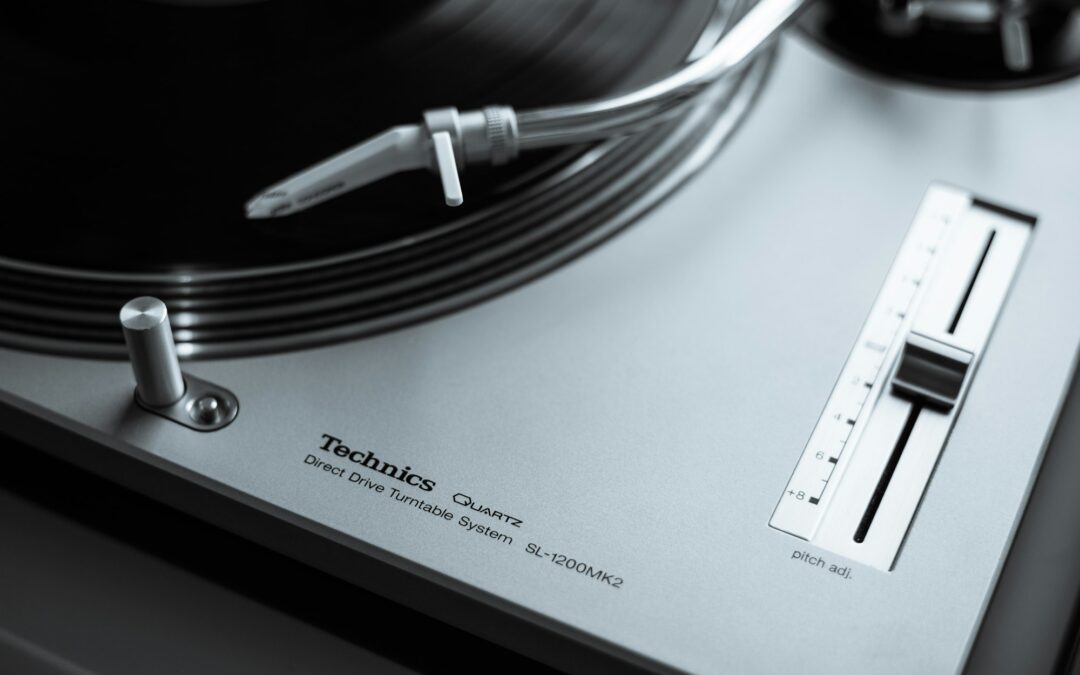With all passions or hobbies comes debate. If you’re a fly-fisher, it will be the type of fly for different situations or the materials used. If you play guitar, it might be the Fender vs. Gibson debate. It could even be who is stronger – the Hulk or Superman. As with any great debate, there’s often no solution. Opinions are subjective, and subjectivity comes in many flavors, as do passions. The question today is, should you buy a direct or belt-driven turntable?
You may not know the difference if you’ve just started your vinyl journey. So, let’s get right into it…
Belt Drive
A belt-driven turntable uses a belt to rotate the platter. In most cases, you can actually see the belt. It wraps around the outer edge of the turntable and is connected to a motor off to the side. The belt wraps around the motor’s spindle. I’ve also seen belt drives where the belt is hidden beneath the platter. More often than not, it’s on the outside. The belts themselves are typically made of elastic or elastic-like.
Direct Drive
You’re right if you guessed that a direct drive doesn’t rely on a belt to spin the platter. The motor is positioned below the platter, within the turntable’s casing. The motor maintains the proper speed of the rotation, be it 33 1/3 or 45 rpm.
Which Is Better?
You know it can’t be that easy, right? I’ve used both, and my current setup is belt-driven. I prefer the simplicity of the belt-driven system. When I say “simple”, I don’t mean in use but in its mechanics. Again – this is my current preference. I’m not saying it’s better and you should buy one too. I’m here to help you make an informed decision; your opinion may change over time. That’s the joy of vinyl.
Back to the question about which is better. That’s the wrong question (tricked ya!). The question really is, what’s the difference, and what does it mean to you and your listening experience?
Let’s consider the belt drive first. After years of using direct drives, the feature that drew me to it is that the motor isn’t situated beneath the turntable. It’s also a simpler design. It’s quiet, the motor sits off to the side, and because the platter never comes into contact with it, the chance of unwanted vibrations reaching the stylus is minimized. If there’s one thing that will ruin your experience, it’s vibrations. The only connection between the motor and the platter is the belt itself.
What else does it mean to have a belt-driven turntable? The belt will wear down over time, so it will have to be replaced. This is a simple thing to do, and you shouldn’t have to do it more than once every three years, but it’s something to keep in mind.
Another thing is the time it takes to come up to speed. Because it relies on a belt connected to a motor, the platter will take a second or two to reach the desired rotation. It’s not a big deal, but something to be aware of.
With the direct drive turntable, it can be as easy as taking it out of the box and turning it on. There’s no belt to worry about, and the platter will hit its rpm instantaneously. If you’re a DJ, you will love the direct drive and the fact that you can spin the platter back and forth with the motor off and with little to no resistance. Direct drives are a popular choice because of their ease of use and maintenance. As I mentioned earlier, there is the chance that the motor will interfere with the sound, but turntable manufacturers are aware of this and take great pains to minimize any interference.
One Myth to Bust
You may come across the claim that belt-driven turntables are for audiophiles who care about sound and that direct-drive turntables are more for DJs, and sound is secondary to their construction. This is absolutely NOT true. While DJs will prefer direct drives, it’s only because of the inherent mechanics of the solution. Direct-drive turntables were around long before the era of DJ-created music. There are turntables made with DJs in mind, but that’s not what drives (no pun intended) the market.
One last word. Don’t overanalyze or read every article you can find about which to buy. You’ll suffer from analysis paralysis, and your dream turntable will sit forever on the horizon and never make it into your home. Trust me, there are quality makers of both, and I would bet that with most, you wouldn’t know the difference with your eyes closed.
– READ NEXT –
Subscribe to The Joy of Vinyl Newsletter




